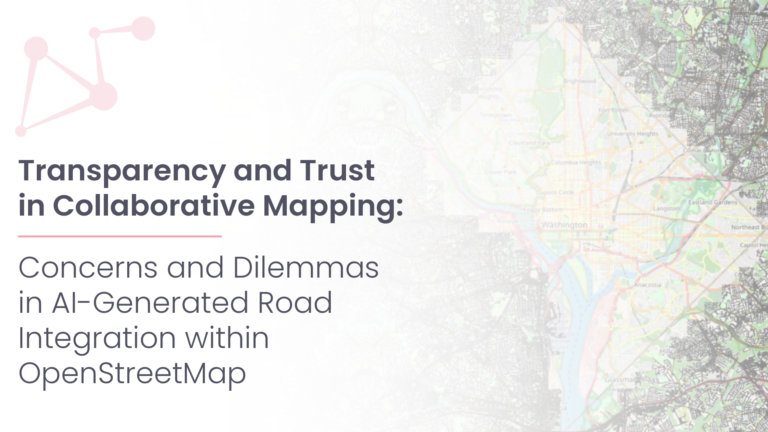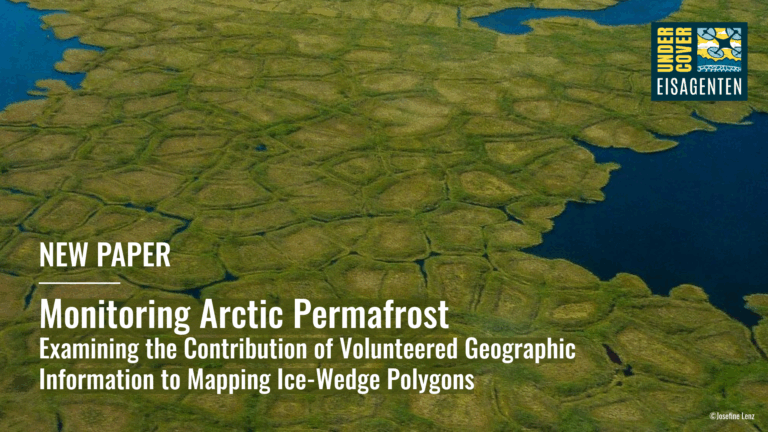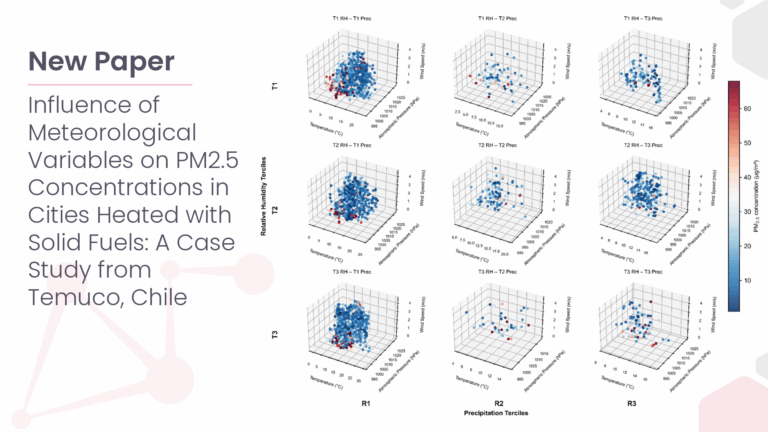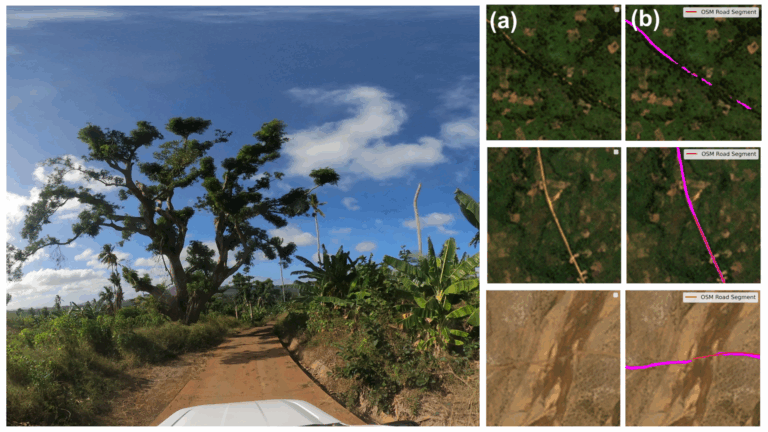A study published on ScienceDirect evaluates the capability of LLMs to mimic human-like decision-making patterns in parking scenarios. Through experiments, researchers reproduce realistic trade-offs between cost, distance, and availability, while reflecting sociodemographic influences and bounded rationality.
Parking behavior research traditionally focuses on how drivers choose parking locations, types, and search strategies, distinguishing between static and dynamic decision-making. Static studies capture choices based on fixed attributes like price and distance, while dynamic studies observe how drivers adapt in real time to changing conditions such as availability and traffic. These human-centered data collection methods can be costly and complex, posing challenges for scalable behavioral analysis.
This study explores whether Large Language Models (LLMs), specifically the GPT family, can replicate economic decision-making patterns in parking search behavior. Leveraging LLMs’ ability to synthesize knowledge across domains, the researchers examine whether they reproduce human-like sensitivity to parking costs, distances, availability, and sociodemographic factors such as income and age.
Two series of experiments tested LLM responses to parking scenarios: one focused on static choices under known conditions, and another on dynamic choices involving risk and uncertainty. In static scenarios, the model consistently favored lower-cost options, shorter search times, and reduced walking distances, showing rational trade-offs between price and time. This allowed estimation of the model’s willingness to pay for time savings, revealing diminishing marginal utility and greater sensitivity to distance as income increased, aligning with established findings.
Notably, two patterns emerged that are complex and possibly difficult to capture in human experiments. First, personas over 65 showed a higher willingness to pay for shorter walks, reflecting mobility challenges. Second, the model valued reducing walking distance more than minimizing search time, suggesting a nuanced preference for physical convenience. These results illustrate how LLMs can emulate plausible yet underexplored aspects of human behavior.
In the complex experiment combining multiple attributes and sociodemographic factors, the model maintained its preference for lower costs, shorter search times, and less walking, while replicating patterns such as higher-income personas tolerating higher prices and older personas being more sensitive to walking distances. An order effect emerged: the model slightly favored the first option shown, with stronger bias among higher-income and younger personas.
In dynamic scenarios, GPT-4o mini demonstrated human-like behavior under uncertainty, with search time increasing alongside parking prices. It balanced time costs and fees without committing to indefinite searching, reflecting bounded rationality seen in real drivers. Introducing risk attitudes further highlighted this: risk-averse personas avoided search time, risk-neutral ones mirrored static behavior, and risk-takers searched exhaustively. Older personas tended to end searches sooner, suggesting higher risk aversion or lower tolerance for time costs.
Overall, the findings show that LLMs can replicate utility-maximizing choices, reflect sociodemographic trade-offs, and capture realistic bounded rationality and risk attitudes.
Image: Peggy und Marco Lachmann-Anke from Pixabay
Reference: Fulman, N., Memduhoğlu, A., & Zipf, A. (2025). Utilizing large language models to simulate parking search. Transportation Research Part A: Policy and Practice, 199, 104542. https://doi.org/10.1016/j.tra.2025.104542





